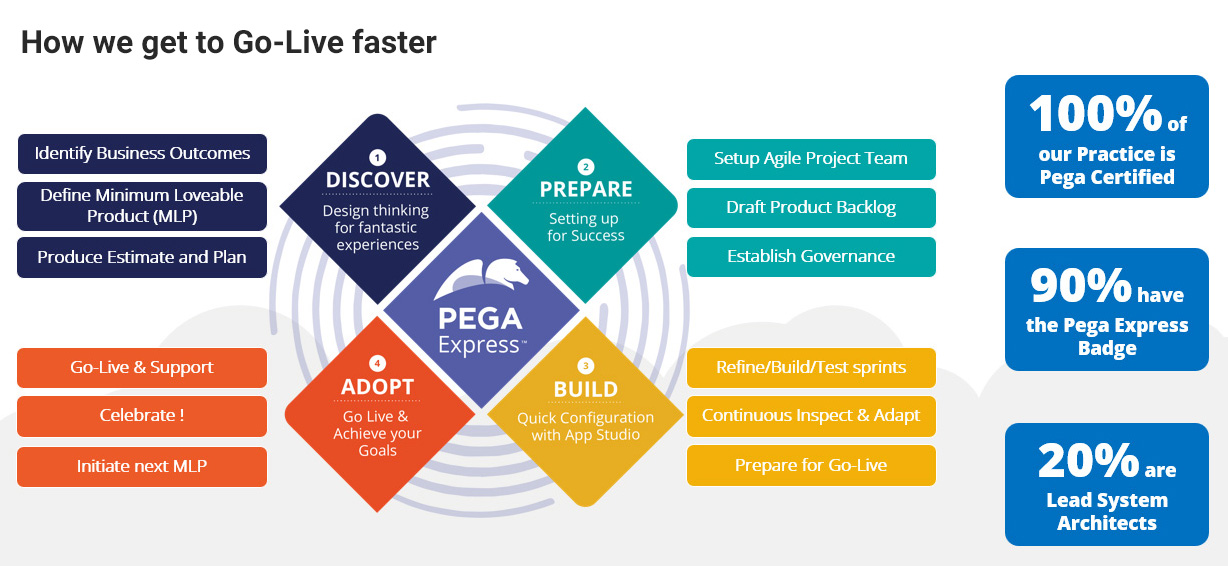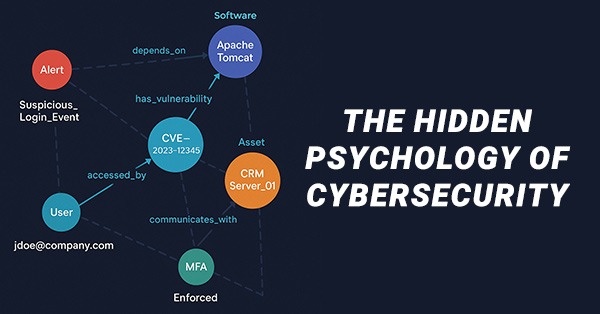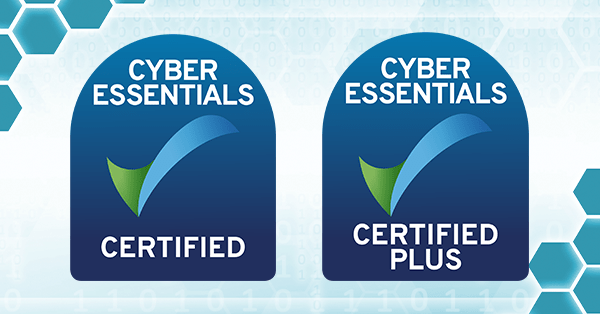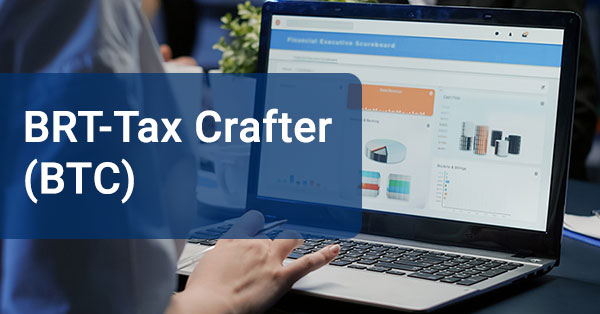Introduction
Pega Express is often referred to a lightweight methodology. We think of it as a set of best practices to optimise scoping, building and deploying Pega applications; also better ensure the final product adheres to what is actually needed by users. It provides a robust and efficient approach for estimating build effort, making estimation a data-driven, business-collaborative exercise, and not a subjective, dark art led by the most senior techie. We outline key reasons why using Pega Express is the most reliable way of estimating build effort for Pega applications using Project Discovery:
Adherence to Agile Principles
Pega Express was created on the foundation of Agile principles, emphasising incremental and continuous delivery, and collaboration between cross-functional teams. By embracing these principles, projects increase the likelihood that the entire delivery process will be flexible and efficient, so easily adaptable to inevitable evolving business requirements. This approach genuinely reduces the risk of inaccuracies in the estimation of effort, avoiding difficult conversations down the line !
Design Thinking
By focusing on users who’ll actually adopt and use the solution, Pega Express mandates the prioritisation of those features with highest value first, letting users be the authority on what value means. Doing this, the solution will be more likely in line with business objectives, and less likely to be reworked or even scrapped down the line.
Minimum Loveable Product
Pega Express advocates for the creation of a Minimum Loveable Product (MLP) – a simplified version of the final application that can be rapidly delivered to deliver quick value. The MLP approach “forces” teams (in a good way) to identify and prioritize the most critical features and functionality, and not the entire gold-plated product, resulting in a simpler, less complex estimation of effort. This also better ensures that the application delivers value to the end-users right from the first release.
Collaborative and Iterative Approach
Pega Express promotes a collaborative and iterative approach to estimating by involving users, IT, subject matter experts in Discovery. This helps the application meet the business requirements and align with stated objectives. Collaboration not only enhances the quality of the final product but also helps in refining the estimation of development effort at every stage of the project.
Standardized Framework
Pega Express provides a standardised framework for estimating development effort by utilising pre-defined elements such as Case Types, Data Objects, and User Interfaces. This standardisation enables organisations to define solutions in a consistent and structured manner, which ultimately leads to more accurate estimations of effort.
Reusability of Components
Pega Express encourages the use of reusable components, such as UI templates, data objects, and business logic, to accelerate the development process. Reusability not only saves time but also ensures the application complies with your design standards and best practices.
Continuous Integration and Delivery
Pega Express supports continuous integration and delivery, which allows organisations to deploy new features and enhancements rapidly. This helps testing earlier, identifying and resolving issues quicker and cheaper, so reducing the risk of project delays and improving the overall estimation of development effort i.e. we don’t need to apply long-tail testing phases at the end of Build.
Generating estimates with Pega App Studio or Case Type Backlog
Pega App Studio Estimator or the case type backlog (CTB) are alternative tools we use to iteratively capture the findings from MLP Discovery, essentially the raw data for them to generate build effort estimates . By focusing on high-priority items first, we’ll generate a more accurate number, using forecasted sprints and even a proposed team profile that can be fine-tuned using the Pega Sizing Tool.
Conclusion
Pega Express is the most reliable way of estimating effort for building Pega applications. Applied correctly it:
· mandates focus on what users actually need
· applies prioritisation in delivering usable product
· encourages a collaborative approach
· applies agile principles
· has a standardised framework
· emphasises reusability and continuous delivery.
By adopting Pega Express, projects will better prioritise user needs, improve the accuracy of Build effort estimation and streamline the application development process.
As a Pega Specialized Delivery Partner, we at BlueRose Technologies pride ourselves on our proven expertise in delivering exceptional Pega solutions. We champion Pega Express to transform business challenges into solutions effectively, getting to go-live faster.
We can guide you in tailoring the best practices of Pega Express to meet the unique requirements of your organisation, helping ensure adherence to agile principles and your ways of working.
This article is our recommendation on how to practically use Pega Express to arrive at better delivery estimations. For more, please see https://www.pega.com/services/consulting/pega-express
-by Arun Malhotra, Head of Client Services






